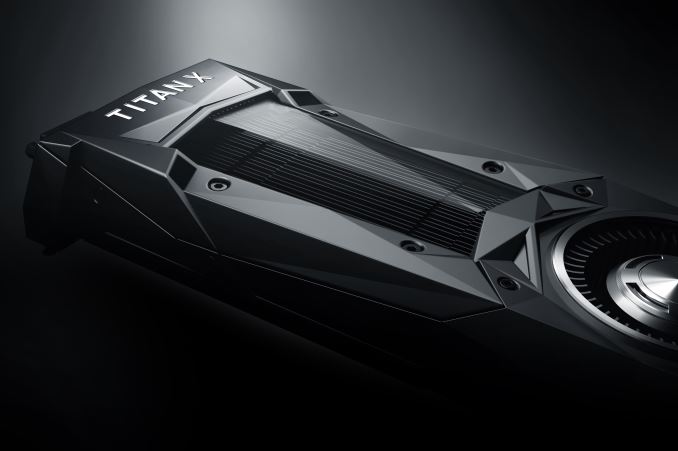
Perché la Commissione europea deve alzare gli obiettivi su energia e clima al 2030? E perché il ministro Galletti, invece di lamentarsi pubblicamente per i target assegnati, dovrebbe proporre politiche più incisive soprattutto su edilizia e trasporti? L’editoriale di Gianni Silvestrini.

Sono tre le componenti che determinano l’evoluzione globale delle emissioni climalteranti: l’opinione pubblica, le “disruptive” technologies e il ruolo delle istituzioni.
L’attenzione dei cittadini varia da paese a paese, ma le informazioni che arrivano dalla comunità scientifica e gli impatti sempre più evidenti dei cambiamenti climatici determinano, al netto dei tentativi di confusione negazionista, una crescente spinta verso politiche più incisive.
Le soluzioni dirompenti, dal fotovoltaico agli accumuli, dall’eolico ai Led, continuano a macinare record e a spiazzare le tecnologie dominanti. La tendenza a prestazioni sempre migliori e a forti riduzioni dei prezzi rappresenta una formidabile carta che tiene comunque aperta la strada della rivoluzione climatica.
Sul fronte politico, dopo il momento magico registratosi alla COP21, la fase attuale è invece molto delicata. Un esempio viene dalla netta presa di posizione del nuovo presidente delle Filippine, il populista Rodrigo Duterte, che si è chiaramente smarcato dall’Accordo sul Clima siglato a Parigi.
Ma la preoccupazione maggiore viene dalla campagna elettorale statunitense. Il partito repubblicano ha infatti attaccato l’IPCC, vuole smantellare il ministero dell’ambiente, l’EPA, ipotizza un rilancio del carbone. Una vittoria di Trump incrinerebbe dunque drammaticamente l’impegno internazionale sul clima.
In questo contesto, la Commissione Europea ha formulato la proposta sulla ripartizione tra i vari paesi degli obiettivi di riduzione al 2030 delle emissioni nei comparti del trasporto, edilizia, agricoltura e industria non energivora: Effort Sharing Decision (ESD) (vedi QualEnergia.it).
La prima riflessione critica riguarda le timidezze nella rivisitazione dell’obiettivo sulle emissioni, o perlomeno nel non prevedere chiaramente un suo adeguamento nel tempo.
La stessa Commissione sta infatti valutando gli impatti di un aumento dei targets su rinnovabili ed efficienza, al momento entrambi su valori modesti del 27% al 2030. Se questi obiettivi verranno innalzati, automaticamente il taglio delle emissioni climalteranti potrebbe incrementarsi dal 40% fino ad arrivare al 50% rispetto al 1990 (vedi grafico sotto).
Questo innalzamento dell’obiettivo al 2030, oltretutto, è imposto dall’andamento delle emissioni climalteranti che si è ridotto molto più rapidamente delle previsioni, tanto che nel 2014 i settori europei coinvolti nell’ESD erano del 13% sotto i valori del 2005, quando il taglio da raggiungere al 2020 era del 10%.
Alla luce di questo andamento, l’obiettivo al 2030, come si vede dalla figura successiva, risulta decisamente modesto. Peraltro, la rivisitazione degli impegni al 2030 si impone dopo gli ambiziosi obiettivi sul lungo termine contenuti nell’Accordo di Parigi.
Nel grafico l’andamento storico delle emissioni climalteranti europee nei settori ESD (in nero) e obiettivi di riduzione al 2020 e 2030 (in rosso).

Ma veniamo all’obiettivo italiano al 2030. Nella ripartizione tra i vari paesi, che dovrebbe consentire un taglio europeo in questi comparti del 30% rispetto al 2005, l’Italia si è vista attribuire una riduzione del 33%, leggermente superiore rispetto alla media generale.
Per capire la valenza di questo obiettivo, ricordiamo che nel periodo 2005-2015 la riduzione delle emissioni nei settori non ETS è stata del 21%. Va però evidenziato il fatto che, depurando questo dato dagli impatti della crisi economica, la riduzione risulta molto inferiore, come evidenziato in questo grafico sulle emissioni nazionali di gas serra (Ispra, 2015).
Ma come si traduce il taglio del 33% sui livelli del 2005 nel prossimo quindicennio? I comparti coinvolti dovrebbero vedere una riduzione delle emissioni del 16% da oggi al 2030.
Si tratta di un obiettivo che si potrà raggiungere con politiche molto più attive delle attuali sul fronte dell’edilizia e dei traporti.
Al tempo stesso, è evidente che in questi comparti si possono ottenere risultati ben più significativi. Invece di lamentarsi, come ha fatto il ministro Galletti secondo una liturgia che ricorda quella utilizzata da alcuni ministri all’epoca del Protocollo di Kyoto, il governo dovrebbe intercettare le straordinarie opportunità che una seria politica di riduzione delle emissioni può offrire nel rilanciare l’economia e ridare fiato all’occupazione.
Autore: QualEnergia.it – Il portale dell’energia sostenibile che analizza mercati e scenari











